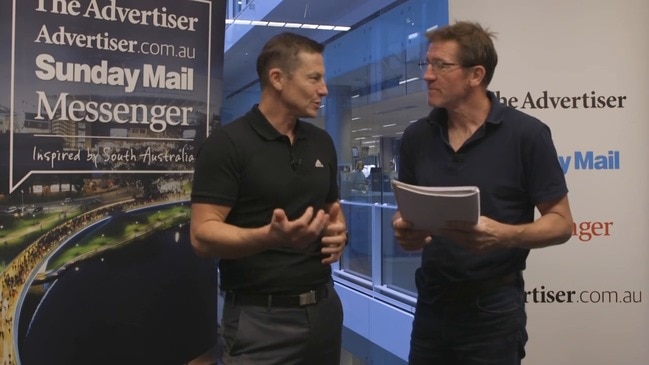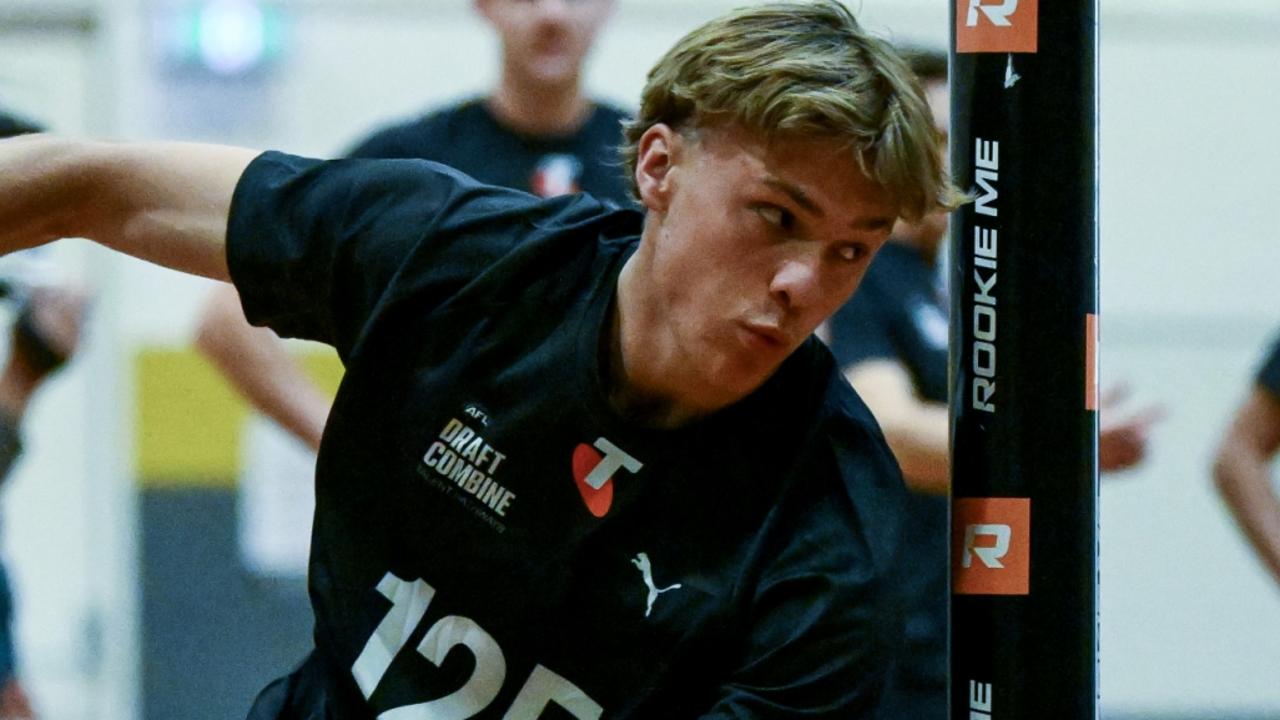SA coaches on board with the ways to deal with restrictions on runners and communication
The AFL’s coaches have already come up with counter measures to deal with the new restrictions on the runners and it has added another level of responsibility for the players.

Crows
Don't miss out on the headlines from Crows. Followed categories will be added to My News.
Adelaide coach Don Pyke has revealed the Crows have started to design new ways of communication between the coaches and the players now that the rules have changed for the runners.
Adelaide and Port Adelaide will use big boards on the sidelines with the new restrictions on the runners, who will only be allowed on the ground once a goal is kicked.
The AFL has issued the clubs with LED boards, but that the clubs considered them too small — they were essentially an oversized tablet and would not be able to be read from all players on the ground.
The clubs will now devise their own board for communication and will rely on players keeping an eye on the interchange bench to stay up to speed with the coaches’ instructions.
Pyke was pragmatic about the changes as he spoke to Triple M as some of his colleagues, notably Hawthorn premiership coach Alastair Clarkson, has questioned the changes.
“It’s probably a change that’s been on the cards for 18 months,” Pyke said.
“The AFL flagged it a while back.
“Probably the frustration from the coaches’ group is that it’s gone from unfettered use of the runners to quite restricted use — there’s no middle ground.
“We’ll adapt — it’s going to be the same for everyone.
“The challenge is to make sure that we’re effective in how we use our runner after goals are kicked.
“Also working with our players around the rotations because a lot of clubs are using their runners to aid the rotations and make sure guys are coming off at the right time.
“We’ve spent a fair bit of time with the players challenging their views.
“Ultimately we want to be playing the game not looking across at a board to take cues and directions.
“Hopefully the board’s more there for our guys to see as an in-between communication mode.
“We’ll see how it evolves; it’s going to be a change and certainly removes a bit of the coaching component.”




